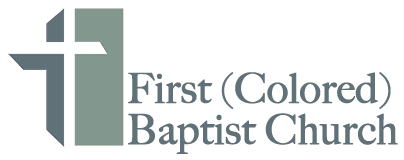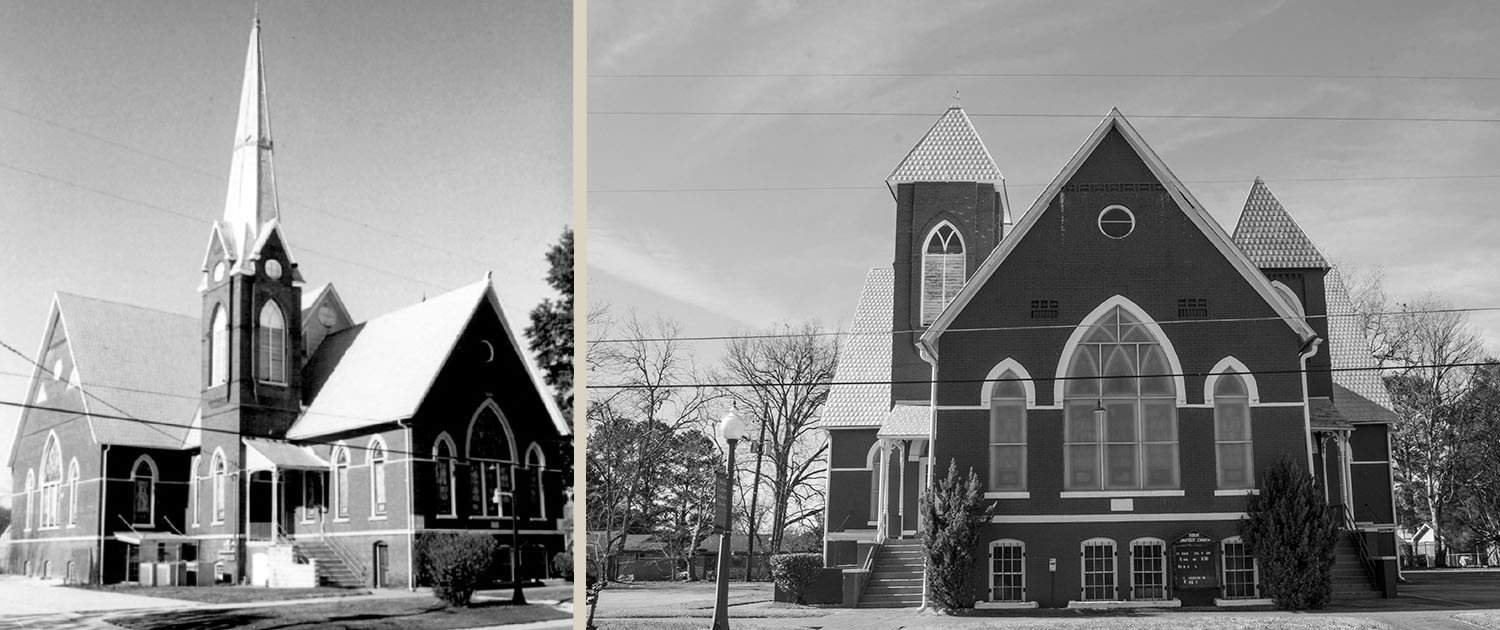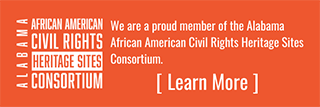“We want the children to know that through the church and the learnings and the teachings, we realized that we’re all God’s children and we’re human. And as a result, the leaders were fearless and fought for them for the right to enjoy this life in these United States, and that this place is one of the places that provided for that to happen.”
– Louretta E. Carter Price-Wimberly
Mrs. Wimberly began attending First Baptist Church as a child. Her family were members there. With a lifelong career as a teacher, an educator and as an active member of First Baptist Church, Mrs. Wimberly remains dedicated to its preserving its structure and history.
Reflections On Our Church’s Story
Historic First Baptist Church initially St. Phillip Street Hall, later became St. Phillip Street Baptist Church in the early 1820’s. Originally a black and white congregation agreed to build together on St. Phillip Street with the understanding that the “Free” blacks would occupy the lower floor (basement) and the whites the upper floor. This agreement was kept until a short time after the Civil War, when he whites bought the claims of the blacks, paying $2,000 for the possession of the lower floor.
During the years 1866 – 1878, under the leadership of their pastor, Reverend John Blevins, the congregation obtained the property known as St. Phillip Baptist Church.
Selma University was organized in 1878 – 1879 under the care of First Baptist Church with Reverend H. Woodsmall as the first president and the church became the focal point in the State of Alabama for Christian education and preparation of young men for the ministry. Under Reverend C.O. Boothe, 1882 – 1887 – pastor, Dean of the Theological Department and Temporary President of Selma University, Tabernacle Baptist Church succeeded (membership split).
Our church is a large urban church construction in the late 19th Century and influenced by the Gothic Revival. In 1894, the congregation under the leadership of its pastor, Reverend C.J. Hardy constructed a new building on Sylvan Street (Martin Luther King Jr. Street). On its completion the church was hailed as “the finest colored church ediface in Alabama.”
Prior to the tornado damage on May 1, 1978, the church had been little altered since its construction in 1894.
After the May 1, 1978 tornado nearly destroying the entire church the congregation voted to restore the church.
Beginning Sunday, November 28 through December 5, 1982 the congregation under the leadership of pastor M.C. Cleveland Jr. reentered the partially restored building. The city of Selma witnessed a jubilant rededication service of the House of God on December 5, 1982.
In 1979, the church was designated as a National Historic site for its leadership in developing a religious base for the “free” black community in Selma, Alabama, the organization of Selma University, a sanctuary for Negro schools baccalaureate and graduations, community concerts attended by black and white citizens and in the 1930’s the founders meeting place for the NAACP and the Dallas County Voters Association.
In 1996 it was designated as the first site on the National Historic Voters Rights Trail of Selma to Montgomery March from March 21-25, 1965 and it is a site of the National Scenic Byway and All American Road.


